Norwegian University of Science and Technology

Faculty of Medicine and Health Sciences
Department of Clinical and Molecular Medicine
Erling Skjalgsson gt. 1
N-7491Trondheim, Norway
Project Leader
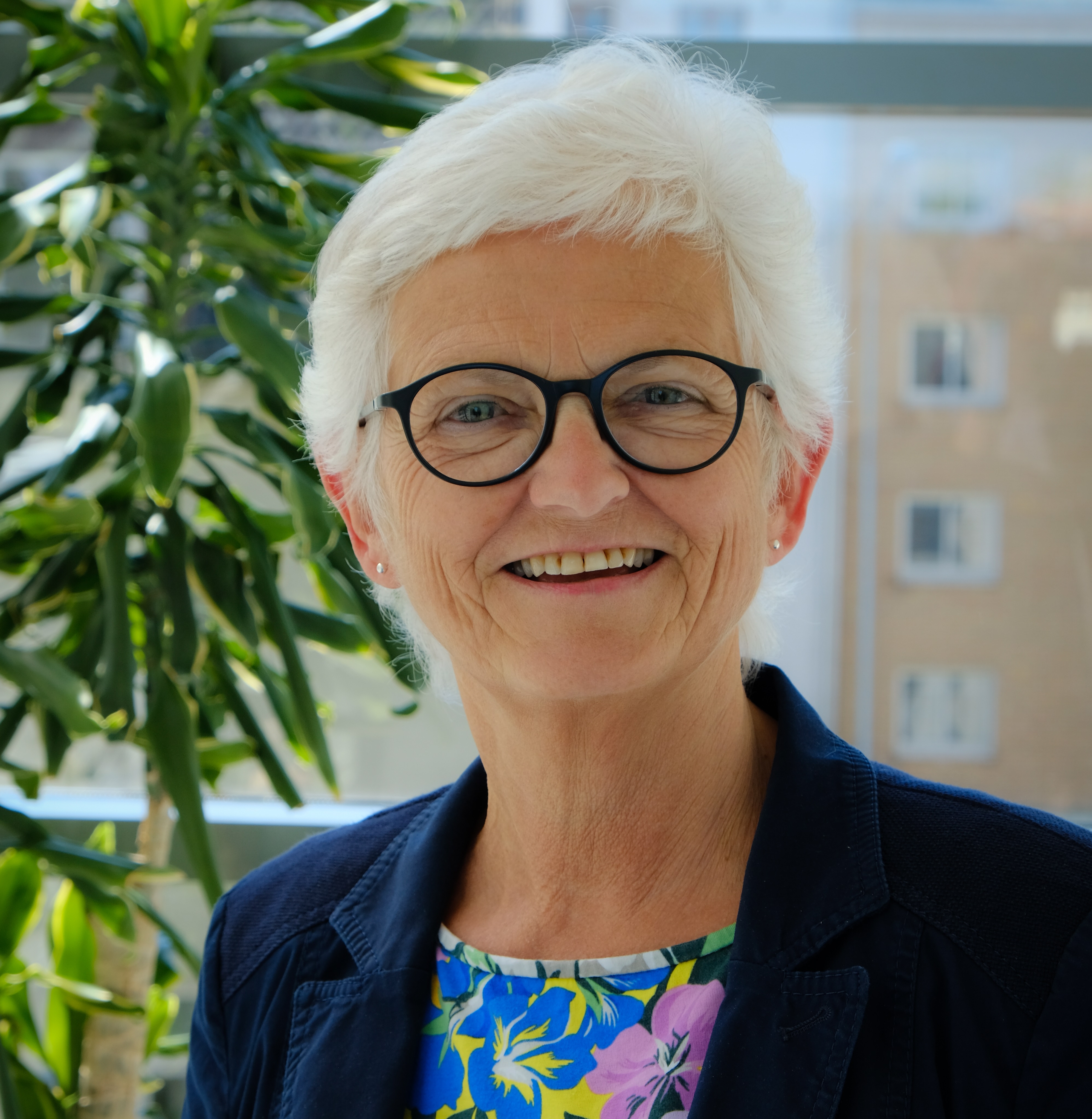
Project Staff
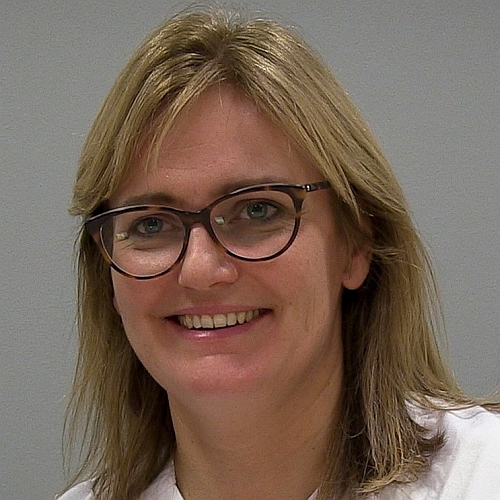


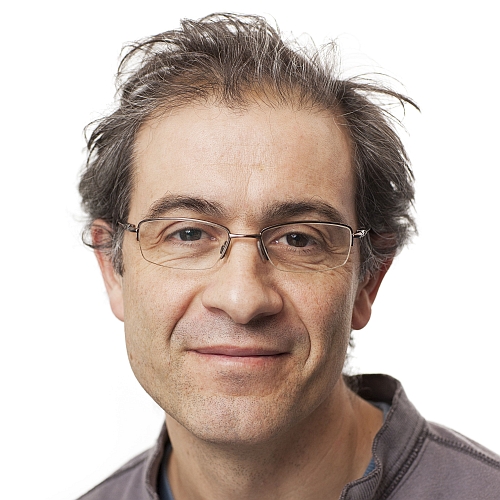
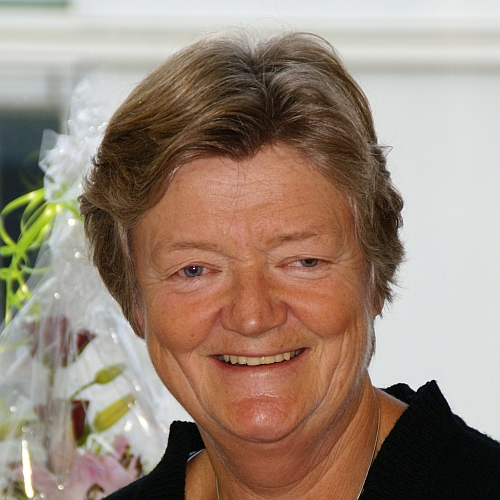
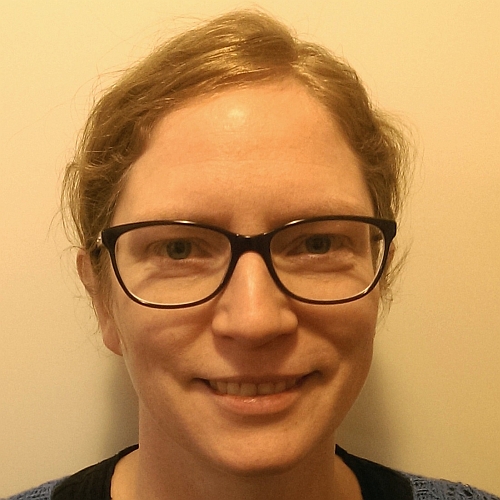
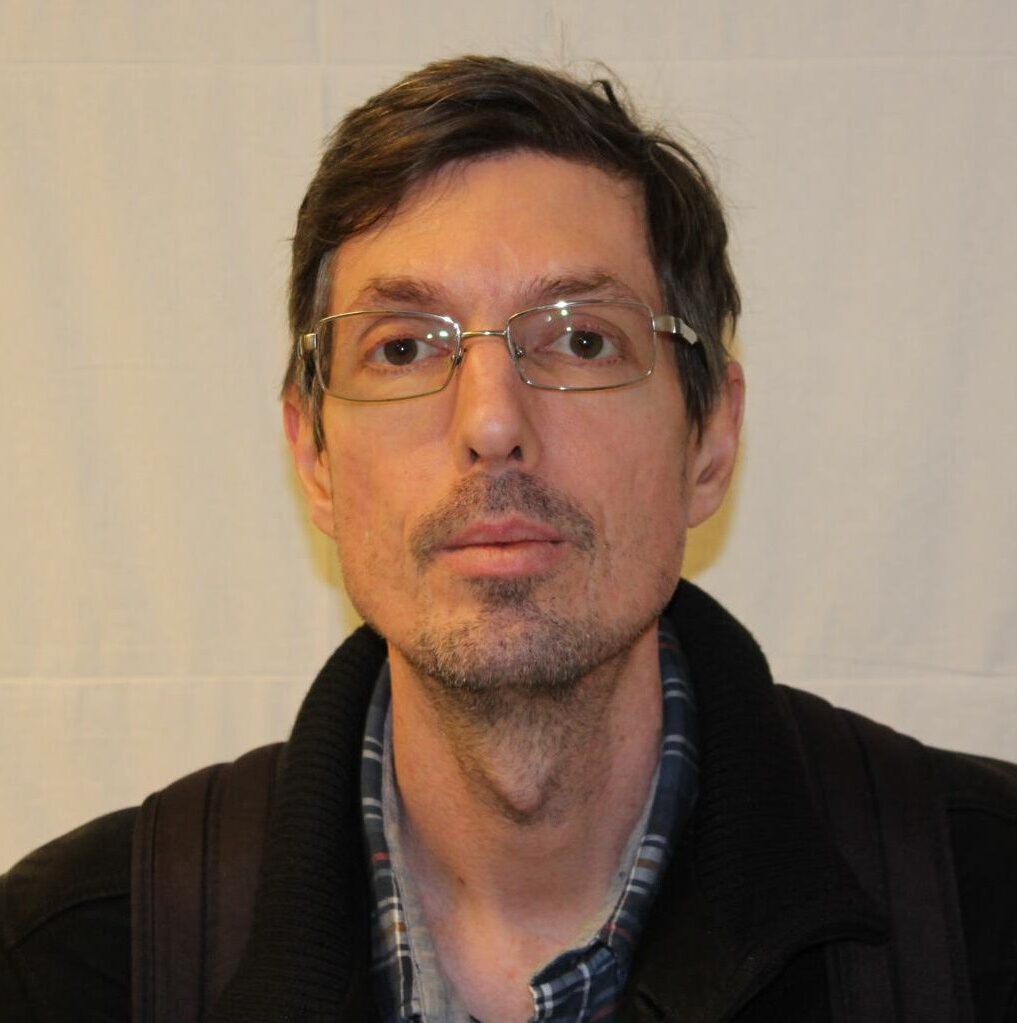
Institution Portrait
The Norwegian University of Science and Technology (NTNU) is Norway’s largest University with more than 40,000 students. NTNU awards 400 PhD degrees yearly within the fields of technology, science, arts and humanities, social sciences and medicine. NTNU encompasses 9 faculties and 55 departments. The annual budget of NTNU is around €820 million. NTNU is a major participant in Horizon 2020, with more than 170 signed projects so far. NTNU also took part in more than 130 FP7 projects.
The Faculty of Medicine and Health Sciences (MH) was established 40 years ago and is a centre for both outstanding research and education. It is responsible for one of the world’s largest health studies (HUNT http://www.ntnu.edu/hunt) with focus on public health and risk factors for disease. This includes genetic population research and bio banking facilities in international frontline. In addition, the MH is home to Nobel Prize winning scientists May Britt and Edvard Moser. MH consists of eight departments conducting research on a broad range of disciplines in the biomedical sciences (neuroscience, immunology, public health, medical imaging, cancer, to name a few). The faculty also hosts five outstanding research centres that were established through highly competitive national grants. Researchers at MH faculty benefit from state-of-the-art infrastructure comprising 15 specialist labs or core facilities run by dedicated and highly trained staff. Together with St. Olav’s Hospital (https://stolav.no/en), MH is responsible for the largest medical school in Norway. This close collaboration also ensures strong ties between basic research and patient-related research. The research is targeting three main areas: 1) Health surveys, biobanks and registers as a means to achieve better public health. 2) Medical technology targeting cost-effective development and use of technology for diagnostics and treatment from a global perspective. 3) Translational research aiming to strengthen the ties between basic research, patient-related research and patient treatment. The faculty also has a long tradition in multi-disciplinary collaboration across departments and professions in order to combine expertise in basic and clinical research, including epidemiology and medical technology. The research on life-course epidemiology using registry data is well consolidated; particularly related to long-term consequences of adverse perinatal events, preterm birth, preeclampsia and assisted reproduction technology.
The Department of Clinical and Molecular Medicine (IKOM http://www.ntnu.edu/ikom), has a broad range of research activities within medical field that includes population-based studies of human diseases, immunology and mechanisms of infection and basic, clinical and palliative cancer research. Researchers and students at the department benefit from 6 research units and 4 core facilities. The basic research groups have a close cooperation with the St Olav’s hospital. This cooperation is a major priority for the department and greatly facilitates translational research.
The RECAP project is rooted at Department of Clinical and Molecular Medicine in collaboration with Department of Public Health and Nursing, and Department of Neuromedicine and Movement Science. Relevant to RECAP, a specific focus is devoted to follow-up related to understanding how low birth weight affects physical and mental health, quality of life, cognitive and motor function, vision and brain structures throughout a life course (https://www.ntnu.edu/ikom/lbw#/view/about). Clinical cohorts have been examined at various timepoints in childhood, adolescence and young adult age and are presently followed for more than 30 years with low attrition rates. Modern epidemiological methods, particularly family design studies and complex registry studies are used to investigate long-term outcome in individuals born preterm or with low birth weight.
